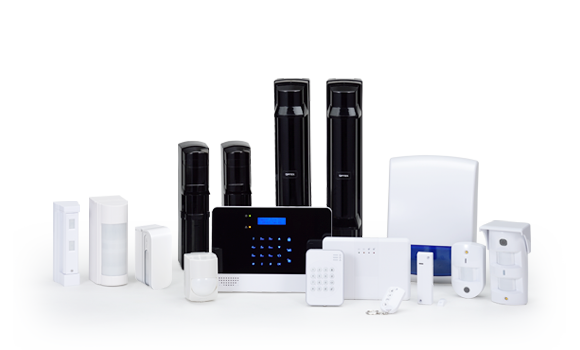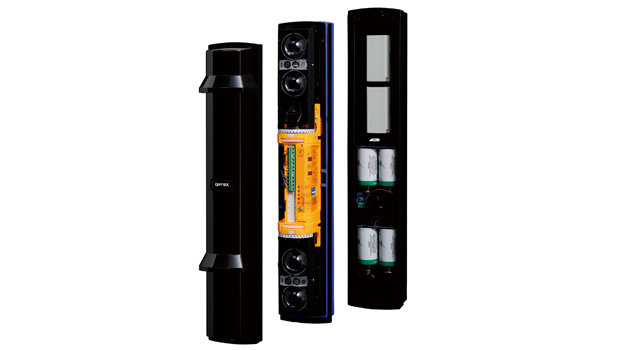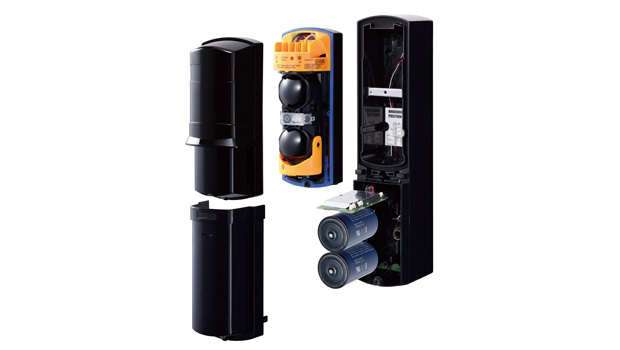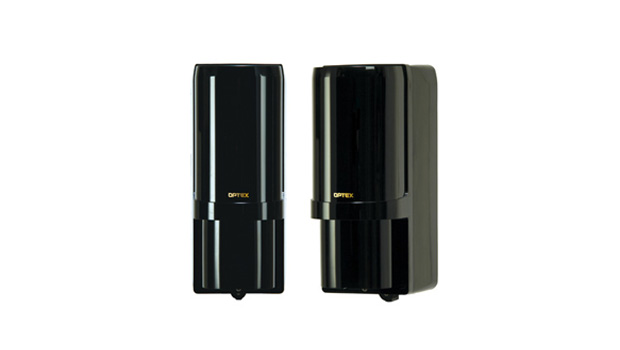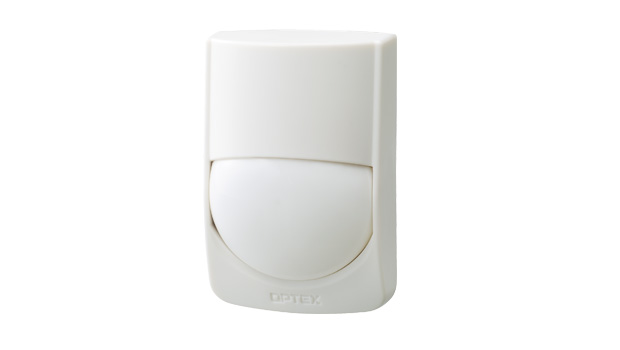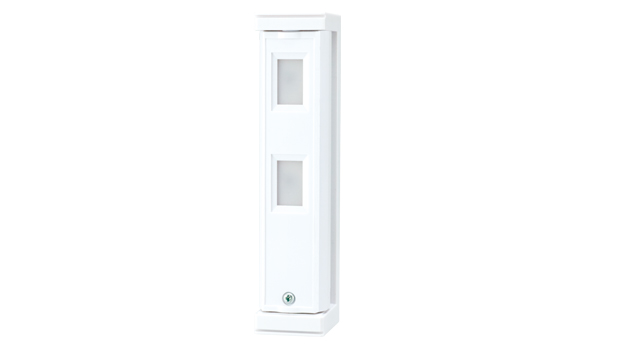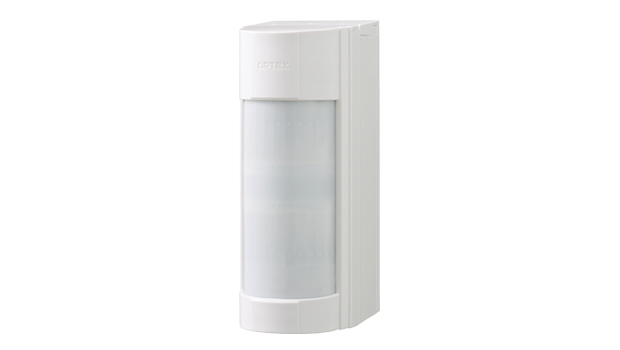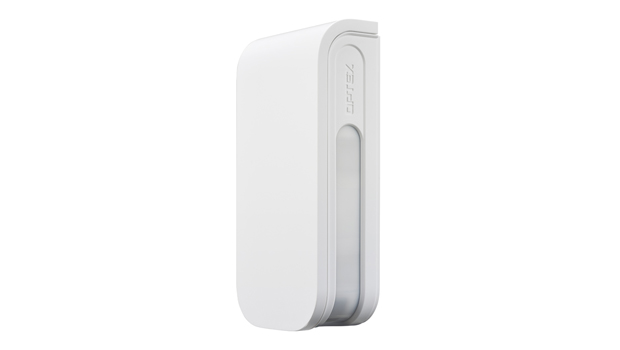Soaring Labor Expenses of Security Guards and Other Hidden Cost
The Rationality of Hybrid Security That Incorporates Machine Security
- Security
- Personnel-saving
- Visualization
- Office
- Building
- Factory-warehouse
Problems with Human Security Guards and skyrocketing Labor Costs
It is common practice in Southeast Asia to have human security guards patrolling sites such as warehouses, factories, and industrial estates. But herein lie a number of problems that emerge specifically because of the human element.
- Variation in the skill level of security guards
- Differences in morals, culture, judgment standards, etc. among security guards
- Risks of security guards becoming tied up with criminal groups or being bribed
- A drop in the motivation of security guards due to working extremely long hours
It is possible to decrease these problems by, for instance, applying a reasonable amount of time and cost to train up security personnel inside the company, or maintaining penalty regulations designed to limit risk of crime. But these solutions place a heavier burden on companies, with both new costs when old employees leave and new employees join, and ever-increasing labor costs, being factors. In these past 10 years, the monthly wage level for general workers has gone up by 27% in Thailand, and 67% in Indonesia, and labor costs in the security sector are no exception to this inflationary trend.
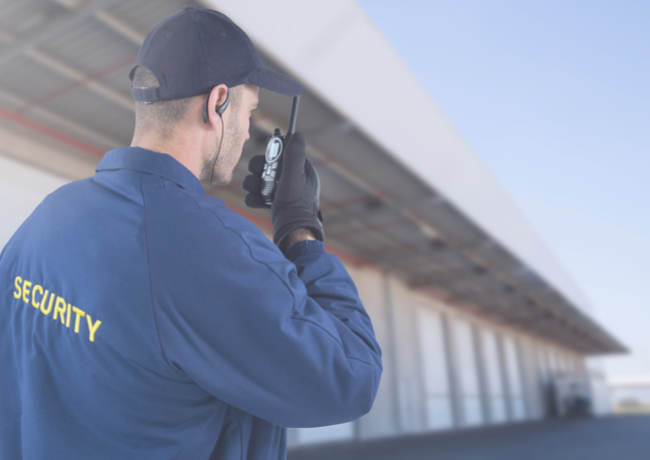
Partial Introduction of Machine Security
There is a method of ameliorating the problems of human security by switching over to a machine security system that uses only sensors for monitoring. There are disadvantages to a total mechanization of the security system, and some sites where human security is already established are not easy to switch over anyway. But it is possible to construct a system wherein machine security is used to complement the human security guards, and to limit the risks and disadvantages of a purely human system. This “partial replacement” of a previously purely human security system—or a “hybrid security system”—is extremely effective.

System Cost Comparative Simulation
Case 1 (human security involving six security guards): $201,204 annually
• 6 people × 24 hours × 365 days = 6 × ($3.75/hour × 24 hours) × 365 = $197,100
• (Surveillance camera system device cost + Running Cost) × 12 months = ($312 + $30) × 12 = $4,104
Case 2 (hybrid security involving a combination of three security guards with machine security): $104,706 annually
• 3 people × 24 hours × 365 days = 3 × ($3.75/hour × 24 hours) × 365 = $98,550
• (Machine security system device cost + Running cost) × 12 months = ($156 + $15) × 12 = $2,052
• (Surveillance camera system device cost + Running cost) × 12 months = ($312 + $30) × 12 = $4,104
In other words, switching over to a hybrid security system cuts down on the previous cost by 52%.
* Sample calculation conditions
1) Both sites use the same type of surveillance camera system
2) The equipment cost of the camera system and other machine security is paid off in installments over eight years
3) Security is needed 24 hours a day, 365 days a year, and the labor cost and cost of machinery are as follows:
1. Cost of security personnel
Labor costs in Thailand.
• Monthly wage: $600
• Daily wage: $600 ÷ 20 days (number of work days per month) = $30
• Hourly wage: $30 ÷ 8 hours (number of work hours per day) = $3.75
2. Cost of machine security
• If a system costs $15,000 and is paid off over 8 years, that comes to $156/month
• Running cost: Taken as 10% of the initial cost, or $15/month
3. Surveillance camera system cost
• If a system costs $30,000 and is paid off over 8 years, that comes to $312/month
• Running cost: Taken as 10% of the initial cost, or $30/month
* Labor cost expansion simulation
If we take labor costs as rising steadily at an annual growth rate of 8%, this cut in security costs will grow exponentially three or five years down the line.
|
3 years later |
5 years later |
|
|
Case No.1 (100% Human security) |
USD250,521 |
USD291,837 |
|
Case No.2 (Hybrid) |
USD130,301 |
USD150,958 |
Invisible Costs—Not Just Wages
The costs of running a purely human security system include not only the wages of the security guards, but also a whole host of other, invisible, costs.
The truth is that the following costs are also incurred.
- The cost of acquiring (hiring on) new security guards
- The cost of training security guards
- The costs involved in dealing with various HR problems
We can cut down on these costs dramatically by introducing a hybrid system that incorporates machine security. But of course, machine-based security also comes with its own maintenance costs, so it is important to run a comprehensive simulation to compare and examine the economic merits of each system.
Structural Examples of Hybrid Monitoring Systems
Personnel distribution
Putting in place security personnel at entrances and exits that need to be watched at all times and putting other security guards in the guardroom to check the images captured by surveillance cameras
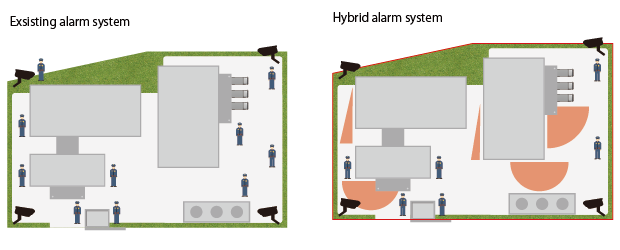
Perimeter monitoring
Monitoring with active beam sensors and PIR sensors atop and inside the walls of the facility, to detect the entry of intruders into the facility
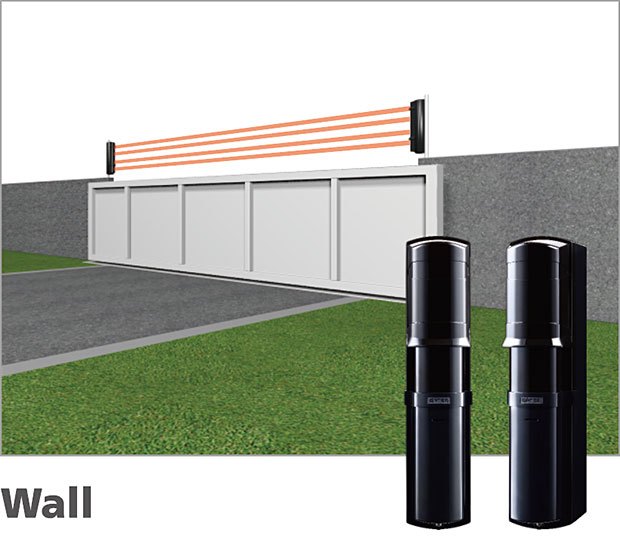
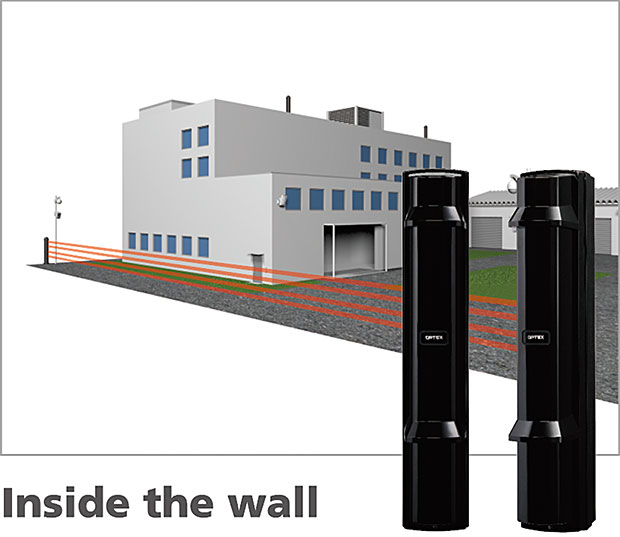
Monitors trespassing inside the building
Monitors by using PIR sensors installed in the entryway leading inside the building
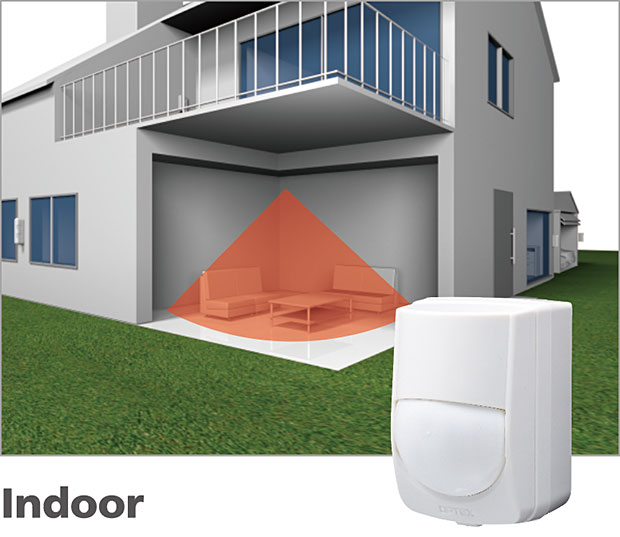
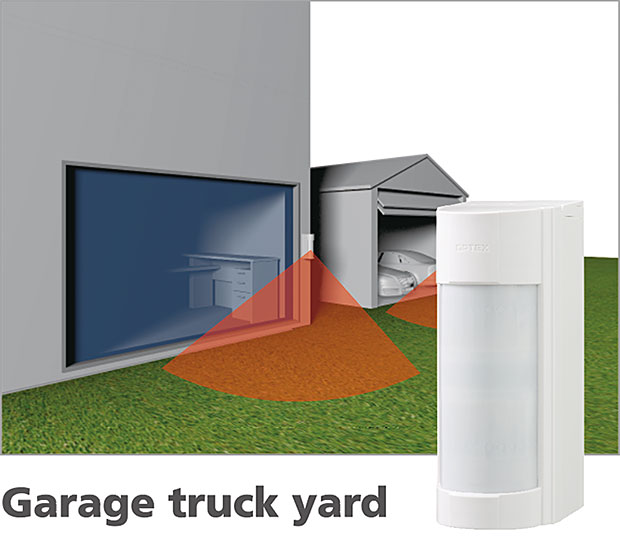
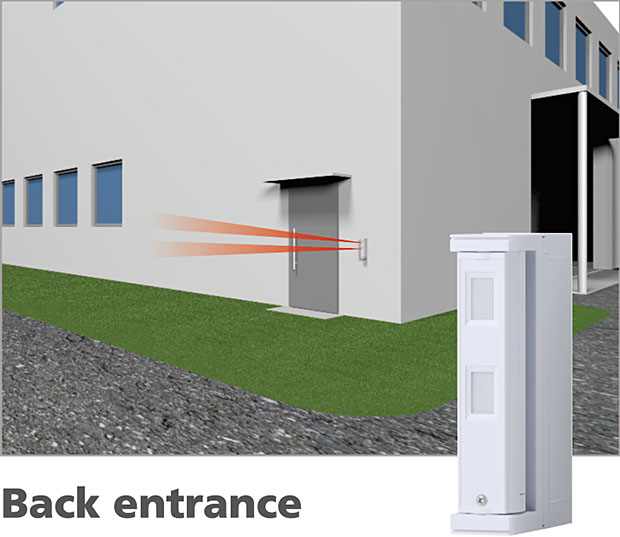
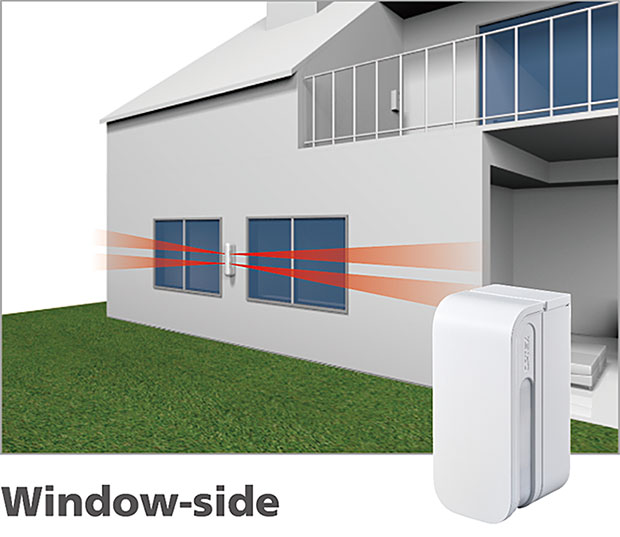
By using sensors to cover the cameras’ blind spots and areas that are difficult to patrol and monitor, we can decrease the number of security personnel needed, while also increasing the actual security level.
Product information
Contact phone number
- Headquarters
- +81-77-579-8004
Contact form

